Diego Ballestrasse (Buenos Aires, 1974) lives and works in Barcelona. Trained in architecture at the University of Buenos Aires, he studied photography at the Centro de Fotografía Documental in Barcelona. In parallel he has attended workshops with Stephen Shore, Martin Parr, Joan Fontcuberta and Jason Fulford.
In his early documentary projects, he addresses the scenographic possibilities of the architectural space: Set (2009), Montseny (2011) and NYC (2011), and through portraits investigates issues such as artificiality, decontextualization and pose: Models (2010). Currently investigates through photography and video, about multiples temporalities of the image in relation to the mechanism of the photographic event: Juan (2015) and The fourth wall (2015-ongoing).
Twice finalist at Descubrimientos PhotoEspaña, recently he was finalist at SCAN Full Contact (Spain) and Grand Prix Fotofestiwal Portfolio Review (Poland). His work has been published in paper magazines such as Camera Austria, Der Greif, STILL Mag or Archivo Photo. Diego has also shown his work at different art venues in Madrid, Barcelona, and Buenos Aires.
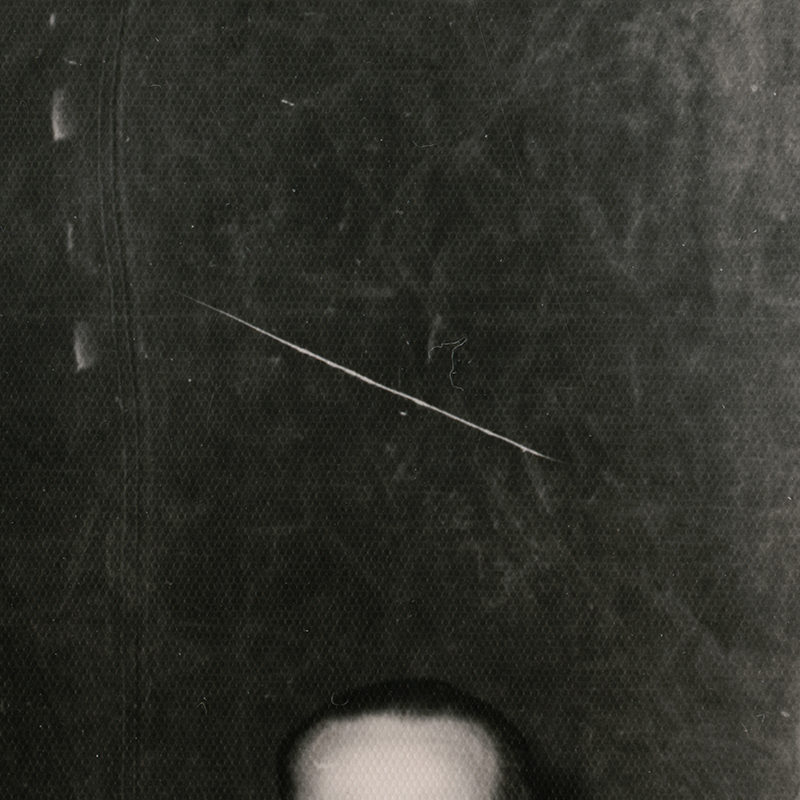

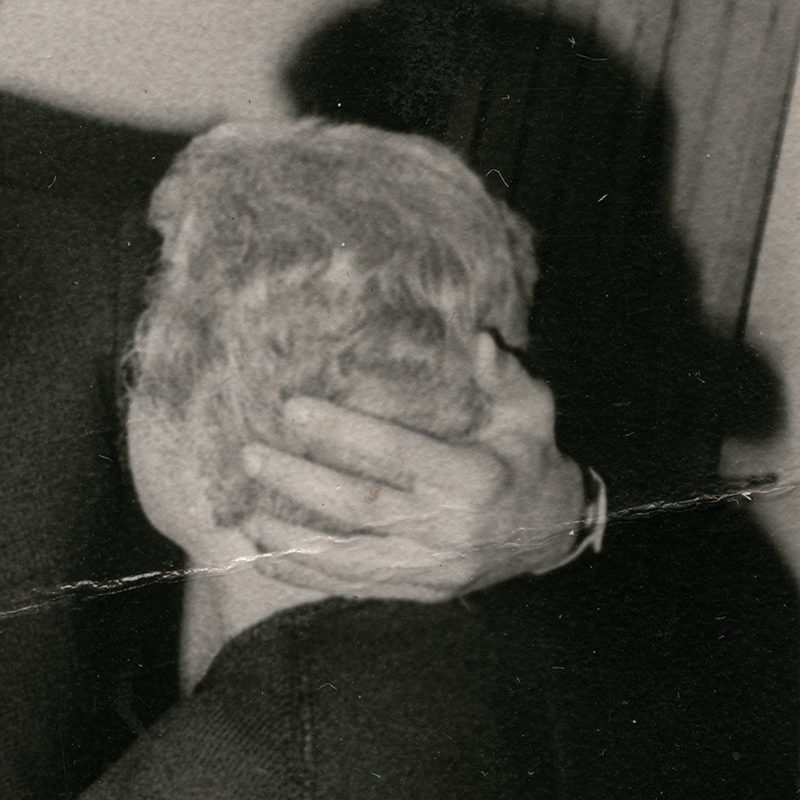
The Fourth Wall
The fourth wall responds to the desire to explore the physical dimension of the photographic object to find some answers regarding the functioning of the family photographs as psychological territory: how do photographs mediate our family relationships? How do they intervene in our links in our understanding of family ties? Heeding to the mediation operated by the camera, the process has consisted of penetrate the image, immersing into it taking into account the blind spots of photography, to discover from there the opening to spaces reflection regarding both the family scope (in the Gestaltic and relational senses) and the multiples temporalities of the image. In this sense, it points to another way of understanding the photographic event that goes beyond the mere shooting of the photographer (in the ontological sense suggested by Ariella Azoulay).
To photograph placing the camera “inside” the images, responds to the interest of altering the established order’s hierarchy regarding what supposedly gives it sense, and it also raises the possibility of attending to the blind spots of photography, that which usually escapes the gaze. To refine our gaze towards the seemingly secondary information produced by a picture, significantly dilutes the barrier which keeps us as external viewers.
If capturing has been considered for a long time as the essence of photography, the attention to archive has contributed to a new ontology of photography as a relational platform which doesn’t express the intentions of a solo participant. From this perspective, the reflection proposed by this project overtakes the family context and aims to a new comprehension of the photographic event, which surpasses the mere photographer’s capturing. It is in this sense that The Fourth Wall sets to overcome the understanding of the photographic act as a fait accompli.
The fourth wall incites us to relate to the image in all its phenomenological dimension. This work is on affections and the mechanisms that raise subjectivity in photography, from which it invites the viewer to take a more participant and active role. Therefore, this project allows us to reflect about to what extent it is possible to expand the way we relate to the family album and, by extension, any image with which we are linked to.
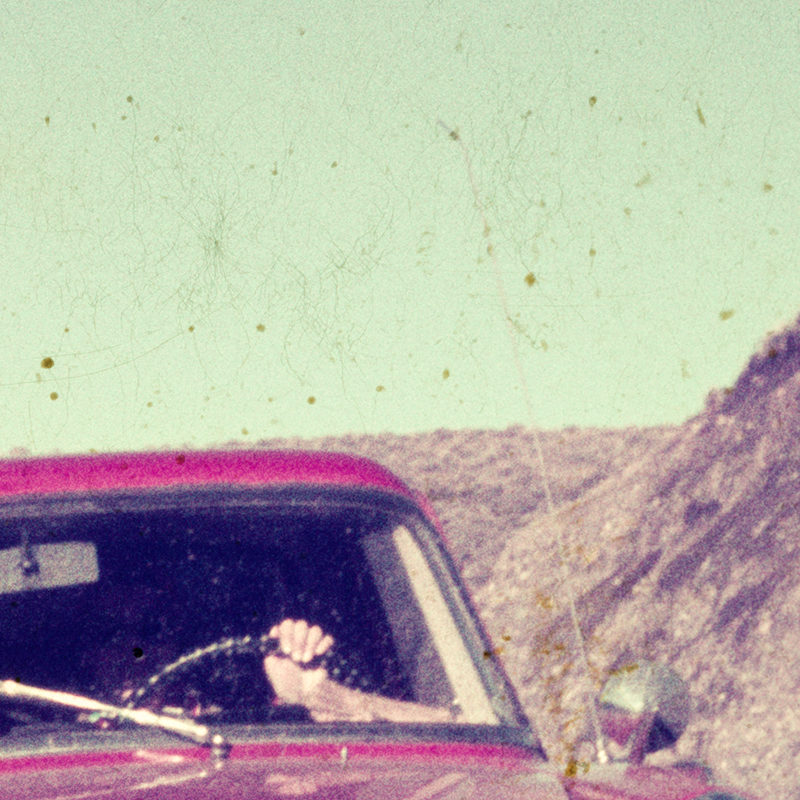


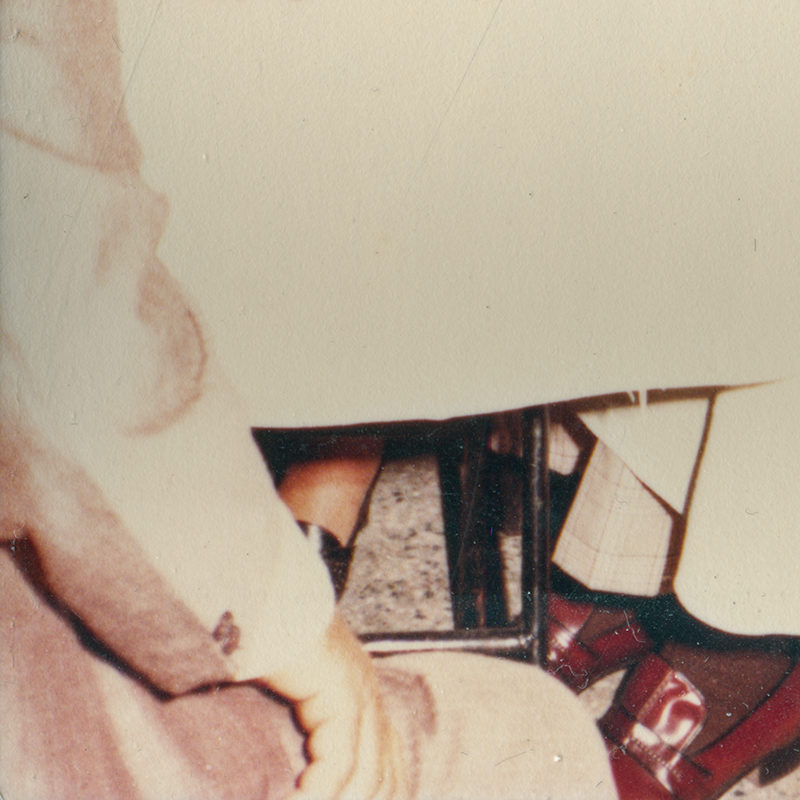
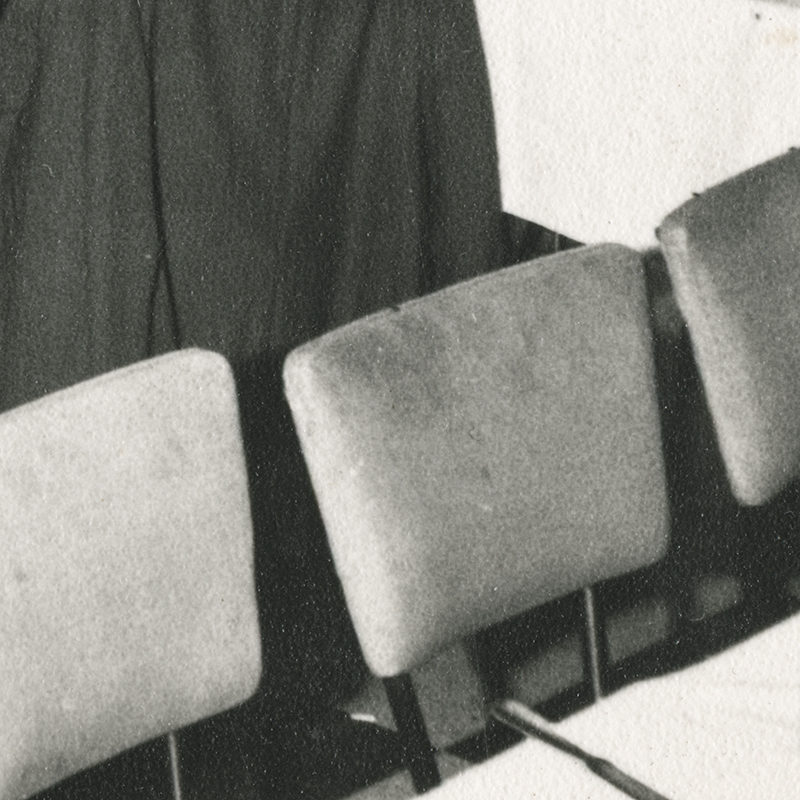


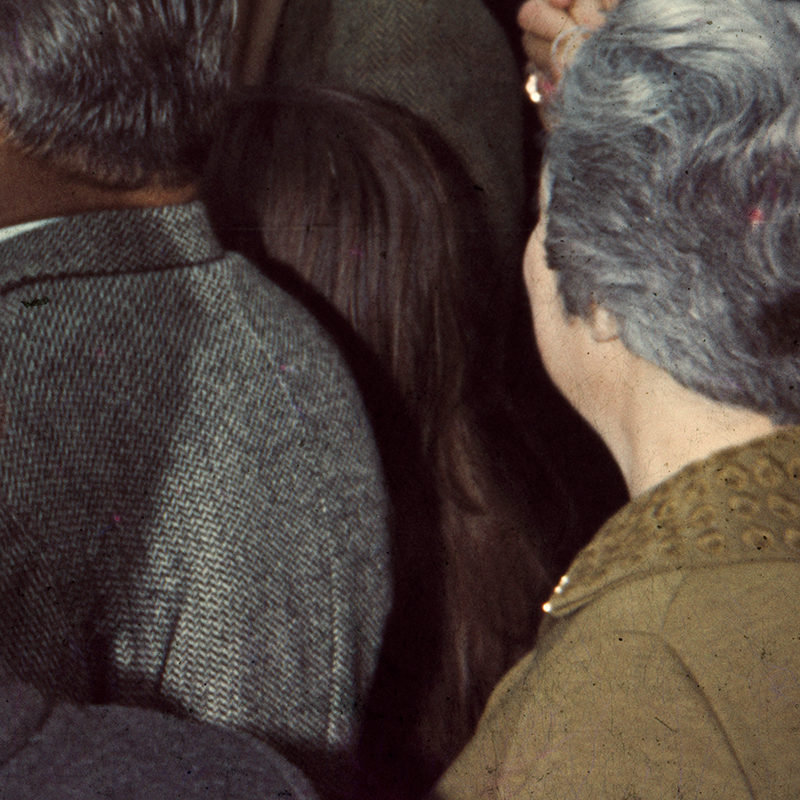
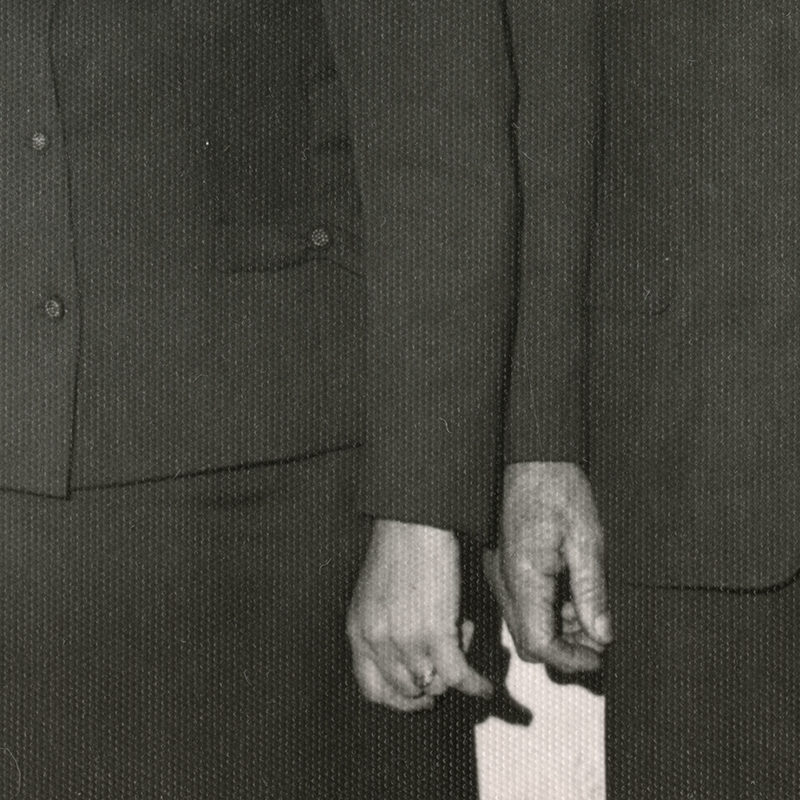
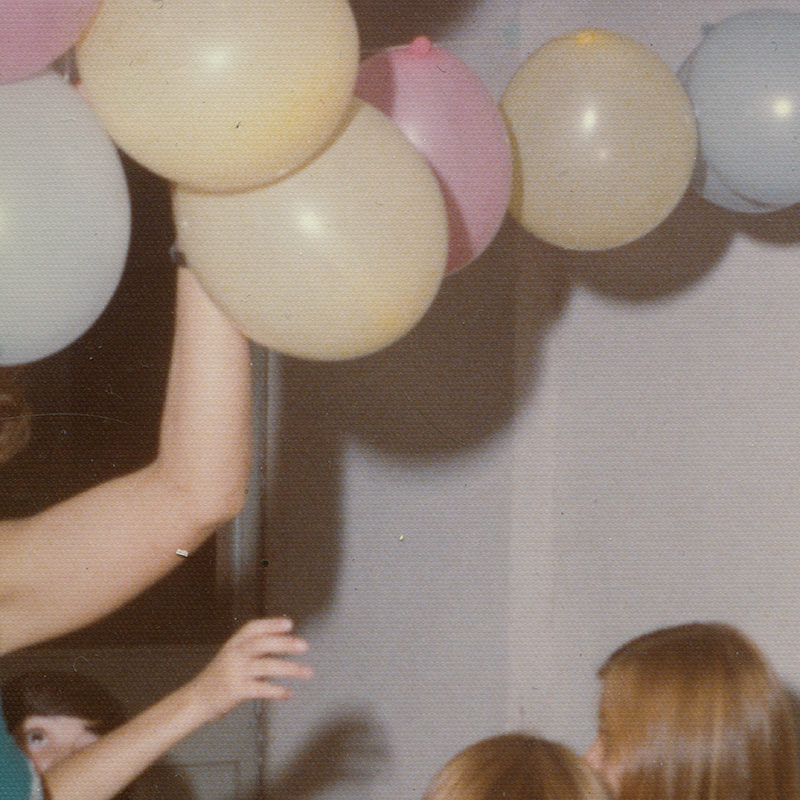

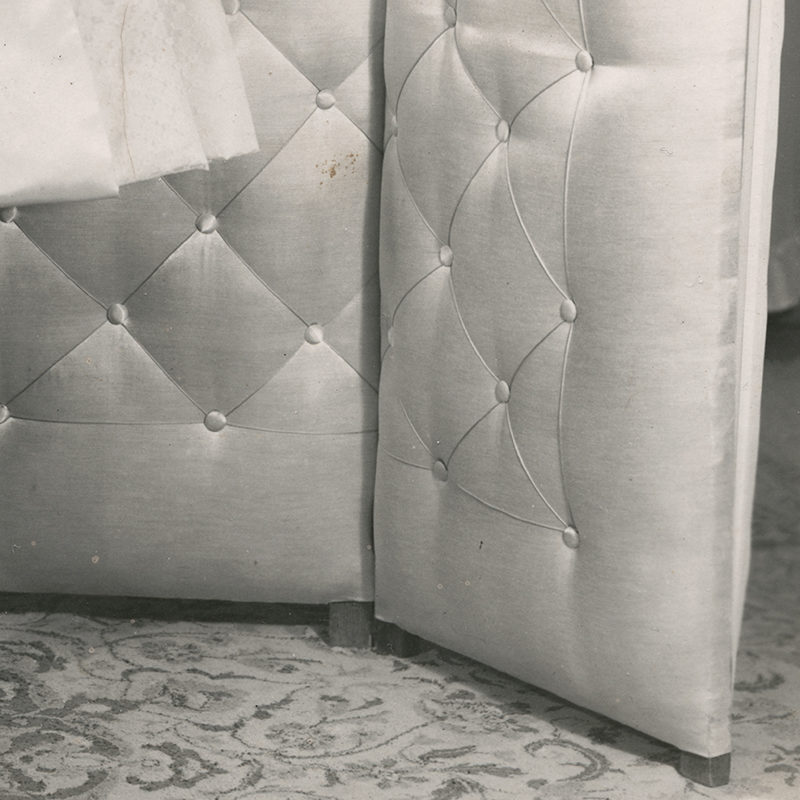
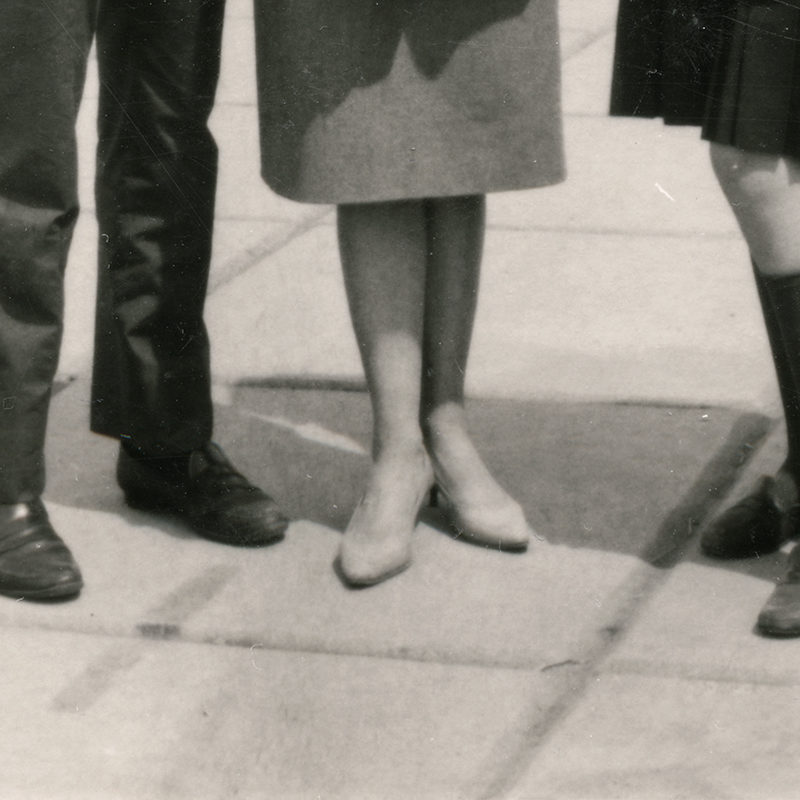


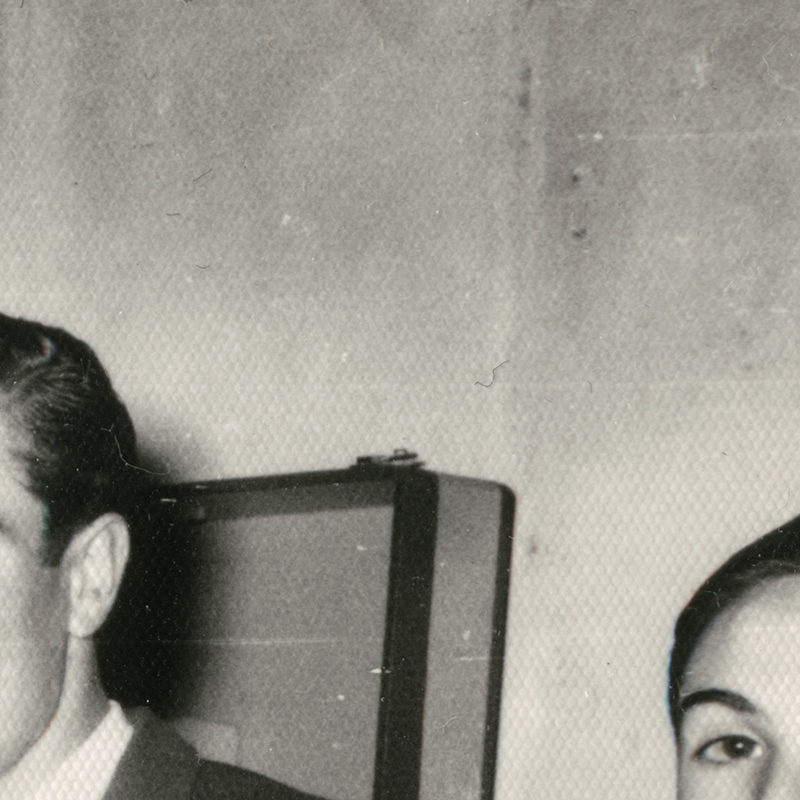
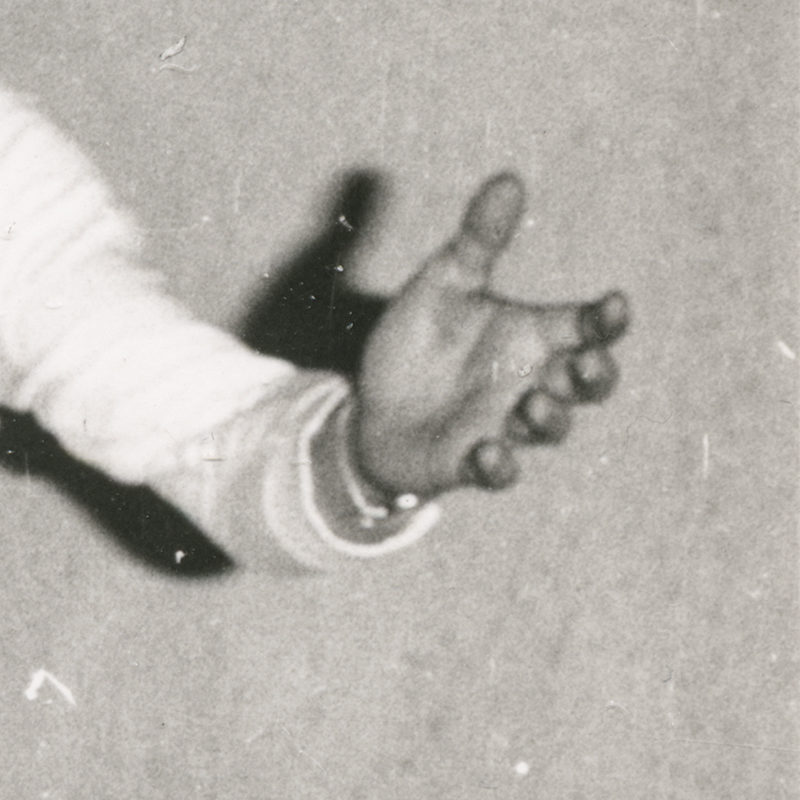
To view more of Diego’s work please visit his website.